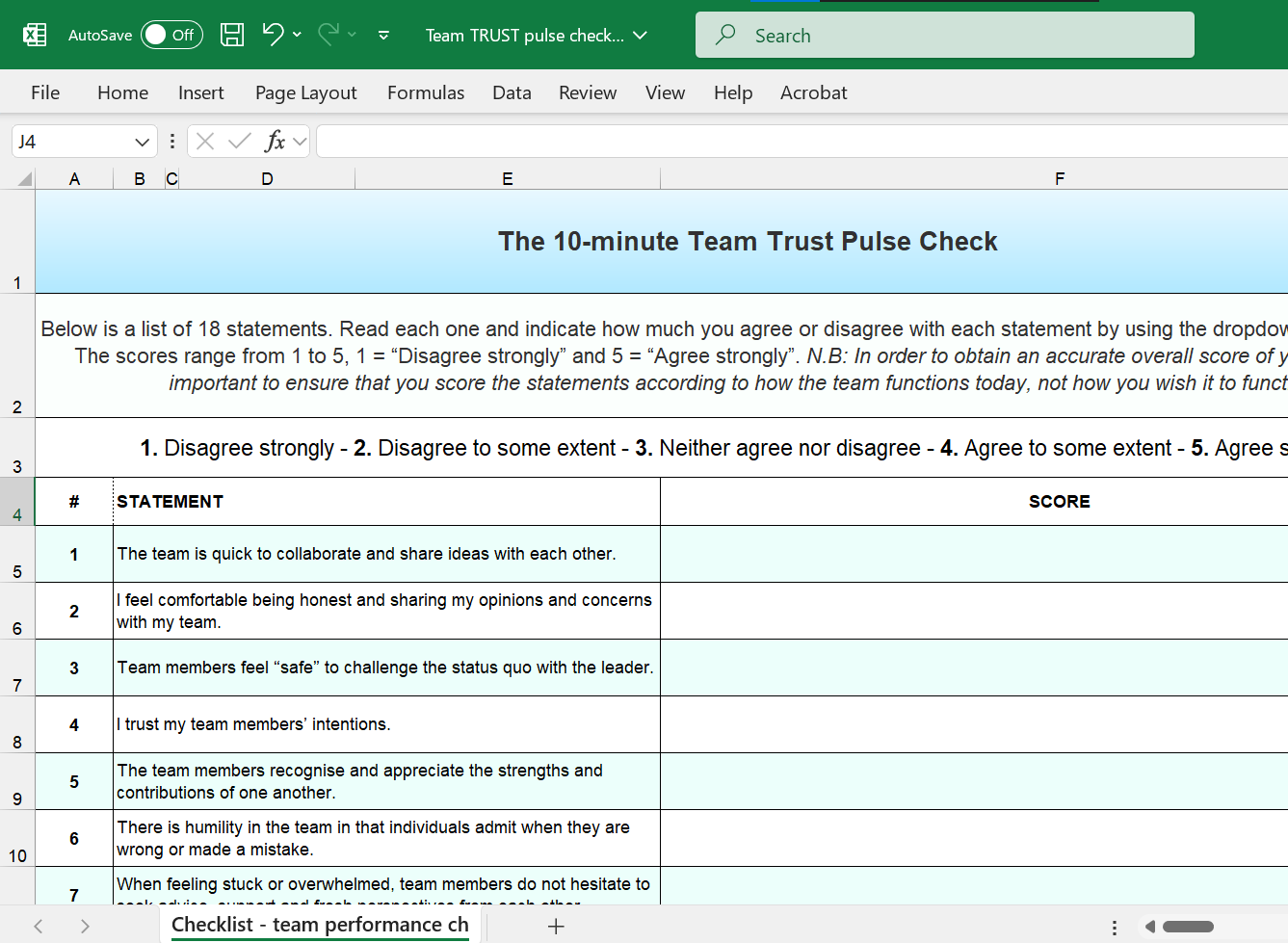
Why do some teams thrive whilst others remain stuck in their struggles and pain? Why are some groups more productive than others and why can’t some team leaders crack the code with their team?
Who would have thought in this day and age where we have unlimited wisdom available at our finger tips, that we cannot seem to break through these patterns that hinder us from moving forward?
Navigating human dynamics is probably the oldest problem on earth since we began living in societies (which is probably about 100’000 years ago). Today’s ever-increasing rate of uncertainty requires greater ability in managing change effectively.
 Just like a rowing team, the secret to high performance lies in the unseen. In other words the glue that bonds the members together and makes an ordinary team extraordinary. And that glue’s base ingredient is, you guessed it, trust.
Just like a rowing team, the secret to high performance lies in the unseen. In other words the glue that bonds the members together and makes an ordinary team extraordinary. And that glue’s base ingredient is, you guessed it, trust.
Trust is what makes the impossible possible. Trust is what saved our rowing boat (and with it, the crew) from sinking when it haphazardly got caught by the river’s fast-flowing current and smashed against a wide, concrete pilone built in the middle where the current was strongest. We were facing a number of risks including:
The outcome of this feat depended on the team’s ability to work together. Our voices were barely audible due to the gushing noise of water. No oar with human strength could resist the force of the current against the pilone. Yet no-one panicked. We stayed alert and connected with one another, trusting the coxswain’s judgment and trusting the stroker’s instructions – even the most counter-intuitive – whilst battling thoughts of despair.
The expression “to be in the same boat” alludes to the dangers and risks that the ancient Greeks faced by traveling together in a small boat in unpredictable seas. When trust is absent, particularly in extreme circumstances, extreme behaviour can surface, potentially leading the team to a disastrous outcome.
Trust means many things. It is knowing you can admit to a mistake without someone throwing you under the bus. It is giving your coworkers a second chance.
Livelihoods, even lives, have been lost because of the lack of trust in the workplace: The absence of trust often leads to people choosing silence over speaking up, such as the co-pilot who didn’t dare speak up against the Captain, resulting in potentially devastating outcomes (Silence That May Kill: When Aircrew Members Don’t Speak Up and Why).
Absence of trust breeds an environment of threat over opportunity, which is equally palpable to a stranger walking into the workplace. It is reflected in the quality of conversations held between two people. Absence of trust offers no place for open communication, never mind seeking or giving feedback. Knowledge and information is withheld – intentionally or not – and mistakes concealed. “Bad tribalism” sets in…
We, humans, are naturally tribal. The need for social connections is met when we bond with like minds: Before you know it, you’re part of a tribe. A strong sense of group identity and loyalty characterises this phenomenon. Our experiences are enriched, our wellbeing enhanced and we feel we belong.
Whilst connecting with like-minded folks can energise you, making you more engaged and driven, there is also the flip side of the coin…
A toxic form of tribalism: This stifles employee performance, hinders collaboration and prevents people from generating innovative thinking and solutions.
“Bad tribalism”

At times the basis for tribalism can lead to destructive beliefs and behaviours. Professor of Social Work Elizabeth Segal refers to “bad tribalism” where people bond through jealousy, anger or spite. This type of tribalism is exclusive, bringing the “Us v. Them” mentality and is no fertile ground for building an inclusive culture or a feedback culture.
So how do you enjoy the benefits of a like-minded team whilst avoiding any tendencies of developing an “Us v. Them” culture?
In a nutshell, it’s about keeping your eyes and ears wide open:
Here below are 3 solutions to navigating “bad tribalism”, each of which require the underlying need of a trust:
Adopting any of these initiatives requires that trust is present.
Unlike many believe, trust is not “fluff” or just a feeling: It is tangible and therefore measurable! Have you ever imagined taking a team pulse check with trust metrics? Indeed, you can work on enhancing trust, in pairs or in a group setting, by identifying which one of the 6 key ingredients (THRICEⒸ model) is missing and which needs to be worked on. And it’s fun too!
Article #1: The REAL definition of Trust
You will discover my THRICE® model which walks you through each of the 6 ingredients that make up trust, namely: T for Transparency – H for Humility – R for Reliability – I for Integrity – C for Credibility and E for Empathy.
Article #2: An “Instant Feedback” (and fun!) Trust exercise you can do at your upcoming team meeting 
You will be invited to deep dive into the Model with the help of a fun exercise that you can carry out immediately with your team members which will provide you – and them! – with instant feedback on current team trust levels.
Article #3: Can there be Trust without Psychological safety?
Often trust is confused with psychological safety or the other way around: In my article “Can there be trust without psychological safety?” I walk you through the difference between the two, the four stages of psychological safety and how these two correlate with one another.
Article #4: Is Trust that important when it comes to Performance?
Performance metrics have been the employer’s barometer for evaluating employee achievements since decades: Now what if I was to tell you that performance is ultimately determined by the level of trust in the workplace (see Performance vs. Trust) And yet there are little to no trust metrics used to measure efficiency when, in the end, how effectively things are done at work is dependent on the quality of relationships and partnerships. Indeed, you won’t have the same conversation with a person or a group of people whom you trust as you would with those who are not trustworthy to you.
Article #5: How can I get my team to trust me, the leader, more?
Leading teams is definitely not an easy feat: One minute you feel you are on top of things and the next, it can feel like the rug has been pulled from under your feet. I introduce you to the Integrated Model of Group Development (IMGD) and how to navigate each stage as effectively as possible as a leader.
Sometimes it doesn’t take much to bring a team back into the game however, putting your head in the sand in the hope that the team issues will just go away can create not only damaged relationships but also disastrous outcomes. The longer you leave it, the longer it will take to push through and step up to the next level.
Don’t leave things to fester.
Investing in your people could be the best decision you make for yourself and your team.

Provide us with your Name and Email.